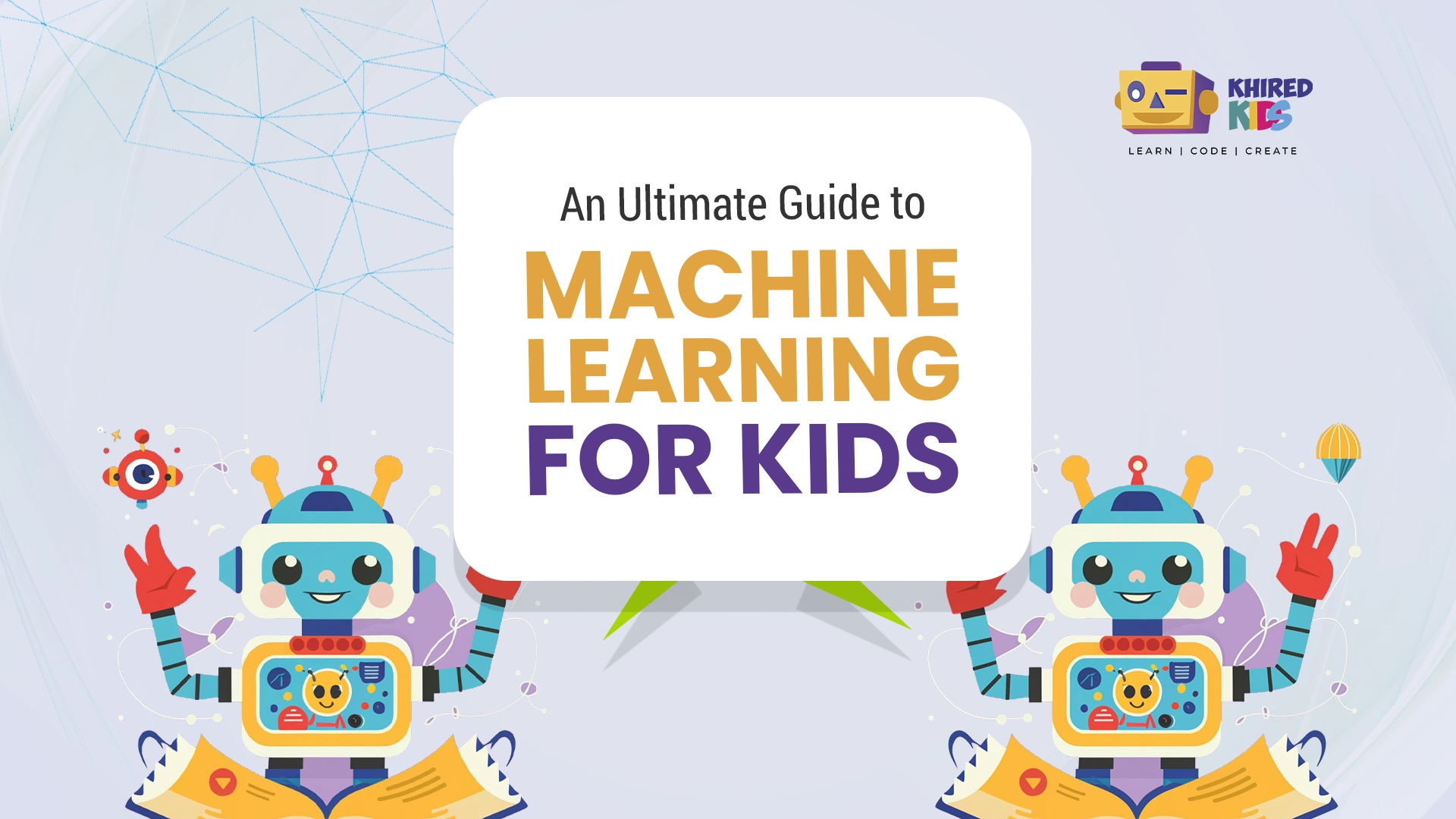Machine learning has gotten quite popular and even though for some it sounds quite complicated, it is nothing to worry about. Machine learning is a branch of artificial intelligence which kids can understand and enjoy learning.
It significantly enhances critical thinking and problem-solving skills in children by giving them hands-on learning to train their computer. You can help your kids learn about this exciting field, but first you need to know all about it so let’s start reading.
What is Machine Learning?
So, let’s start with the definition of machine learning to understand it completely. Machine learning is a branch of artificial intelligence (AI) which allows computers to make decisions without being directly programmed to.
The computer is taught to recognize and learn patterns and then make predictions based on data. Parents can introduce their kids to machine learning to help them grasp the fundamentals of this field which can help them get an early start to the exciting world of machine learning.
Why is Machine Learning Important?
Machine learning for kids is a transformative opportunity as it can impact their future. It provides a cutting-edge advantage for kids by preparing them for the technological landscape.
It nurtures their curiosity and problem-solving skills; machine learning allows kids to navigate the complexities of our modern world. When you equip kids with these valuable skills, it guides them towards a path to excel in their future careers and embrace innovation with confidence.
They help to unlock the doors to a bright and more promising future for our children. Moreover, machine learning has started to show up in many applications that are a part of our daily life.
Some examples are voice assistants like Siri and Alexa. It also includes recommendation systems such as YouTube which suggest movies and videos based on your viewing habits.
What are the Key Concepts of Machine Learning?
Now to grasp a better understanding of machine learning, let’s look at some of the key concepts of machine learning by breaking them down.
- Data: This is the foundation of machine learning and can include anything from images, sounds to numbers.
- Algorithms: These are step-by-step instructions the computer follows which make sense of data to make predictions.
- Training: It is the process of teaching the computer to use datasets to recognize patterns.
- Model: The model is the final step of the training process. The model will make decisions based on new data.
How Does Machine Learning Work?
Consider you want to train your computer to identify images of dogs and cats. This is how the procedure will be:
1. Collect Data
Any machine learning project will begin with data collection. You will take several images of dogs and cats. Your model’s ability to distinguish between cats and dogs will improve with the amount of data it has. Images can be found online or even taken directly from your camera.
2. Label Data
After that, you must accurately categorize every image. Telling the computer what each picture represents is known as labeling. The aim is to label the data by correctly naming the image as a dog or a cat. This is an important stage since the computer cannot learn the distinctions unless it knows what it is looking at.
3. Train the Model
The model needs to be trained after you have your labeled data. The images will be provided to a machine learning program. By examining the images, the program will attempt to identify the characteristics that set cats apart from dogs. It may examine aspects of the face, ears, and fur patterns, among other things. The algorithm modifies its parameters during training to enhance its recognition of certain traits.
4. Evaluate the Model
Another thing to do is to evaluate the program’s identification skills by giving it new images of cats and dogs that it has not seen before. This is a crucial phase since it gives you an understanding of how well your model functions with actual data. See if the computer can accurately identify the new images as belonging to a dog or a cat. If errors are made by the model, you can identify where it went wrong.
5. Refine the Model
In case the program makes any mistakes while being tested, the model must be improved. This might be done by changing the instructions of the algorithm, adding new training data, or enhancing the quality of the data that you currently have. You retrain the model and retest it after making these modifications.
Continue doing this until the model performs better and can distinguish between cats and dogs in fresh images. You can adjust it to help it get better at identifying the images.
Tips for Parents and Educators
Now that we have understood some basics of machine learning and how it works, let’s move to the tips that will guide your kids in machine learning:
- Boosting Curiosity: Encourage kids to be curious and push them to explore by letting them experiment and learn from their mistakes.
- Use Real-World Examples: A good way to help kids understand is by relating machine learning concepts to everyday examples present in the real-world as it makes them more relatable.
- Celebrate Progress: The key to keep them learning is always motivating them by celebrating their small victories and progress. This keeps them engaged and motivated.
- Provide Resources: Another good tip is to provide kids with different resources such as tutorials and courses which can make it easier for them to learn.
Conclusion
Young learners have countless opportunities in the fascinating and dynamic subject of machine learning. By guiding kids about the basics of AI courses such as machine learning in a fun and engaging way, we can motivate the upcoming generation of problem-solvers and inventors.
Use this guide to motivate your kids to explore the world of machine learning and how they can transform the future of technology further.


0 Comments